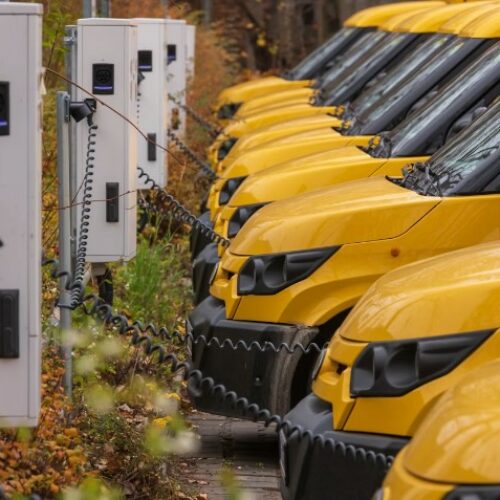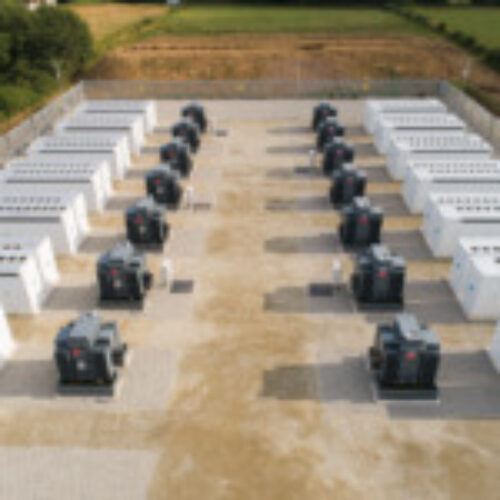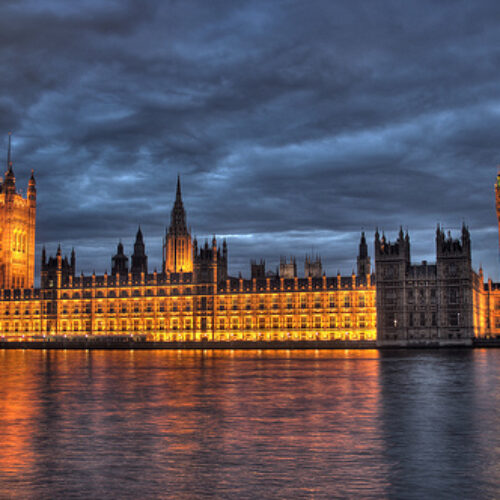The past few months have been a turbulent time for businesses. Many have faced uncertainty, with some unsure if they will ever return to business as usual.
As we emerge from the lockdown that shook the economy, we’re facing the worst recession that this country has seen for over 100 years. For decision makers, the pressure’s on. Saving money and staying afloat will be a top priority, with a strong focus on retaining staff, and as a result many other items will fall off the to-do list of corporate business leaders.
Paying bills is a necessity, but with direct debits set up to prevent some organisations going into debt, utilities and energy contracts can sometimes become a secondary thought. In fact, over the course of the pandemic, a higher proportion of decision makers have been renewing their contracts, rather than shopping around or falling into rollover rates.
That’s because uncertainty has been a recurring theme over the past few months and businesses are now doing everything they can to avoid it. But even contract renewals have the potential for uncertainty.
With more economic contractions ahead, now is a good time to familiarise yourself with the known unknowns of energy contracts that could have an impact on your business somewhere down the line. Here, we break down some of the key aspects you should be aware of going forward.
Increase in third-party costs
We often assume that we’re just paying for the electricity that we use. Yet, the truth is that electricity only makes up just under half of the total bill, while the rest is third-party costs.
Third-party costs – also known as non-energy or non-commodity costs – include distribution and transmission costs, balancing costs, feed-in-tariffs, and the Climate Change Levy, along with maintenance costs for the system. Energy suppliers pay all these costs and are responsible for recharging them to energy users.
For customers on a pass-through contract, costs incurred by the supplier are directly charged to the consumer. And, while fixed price contracts sound safe, it’s worth looking into the terms and conditions of these contracts to see just how fixed they really are. A good energy provider will make these costs transparent up front and, if extra help is required, a consultant or broker can help explain them, ensuring customers have all the information they need.
We expect to see third-party costs rise this year as a result of the COVID-19 pandemic. That’s because the demand for electricity during 2020 has been much lower than predicted, and while third-party charges are fixed and regulated, the industry parties responsible for transmission, distribution and balancing will see a significant shortfall in their revenues. Consequently, charges will have to increase per unit of electricity to cover this cost. This means that some organisations using less electricity during the pandemic may find that their bills have reduced by less than expected, and customers who worked throughout the pandemic are picking up a larger share of the costs with higher bills than usual.
Not only has lower consumption driven costs up, but customers may also find their bills are affected by all the good weather we’ve had this year. Whilst this was a fantastic result for the environment as it allows for increased renewable energy to be generated from solar power technology, it has increased costs in two ways.
Firstly, there have been higher subsidies for renewable generation through feed-in-tariffs. And, secondly, generation patterns for renewables have an intermittent nature, and can’t be managed to align with demand patterns. Higher intermittent generation increases the challenge of balancing electricity supply with demand across the network, and the Balancing Services Use of System charges associated with this increase as a result.
Renewables Obligation mutualisation
The Renewables Obligation (RO) was a support mechanism for large-scale renewable energy projects in the UK, administered by Ofgem. This was superseded by Contracts for Difference in the Electricity Market Reform and closed to new generation projects in 2017, but the charge still exists to provide the support promised to schemes before this date. Essentially, it requires suppliers to source a specific percentage of their electricity from renewable sources. The Renewables Obligation is funded by suppliers, and the costs are recouped from consumers, and that’s where RO charges come in.
RO mutualisation sometimes occurs when an energy supplier goes out of business and hasn’t paid their obligation before that. Because the RO is paid by suppliers in arrears, this frequently ends up with a shortfall. As such, the remainder of the charges are mutualised above a specific threshold and spread out among other energy suppliers.
For businesses and consumers on a pass-through contract, RO mutualisation is a real risk. With a challenging few months ahead for businesses in every industry, we can only hope that we don’t see a spate of energy suppliers going out of business, inciting further RO mutualisation for future compliance periods.
Targeted Charging Review (TCR)
As part of its ongoing work to create a fairer energy network, the industry regulator Ofgem launched the Targeted Charging Review (TCR) in 2017. The purpose of the TCR is to reduce distortion across the network, ensuring that network charges are cost-reflective and paid by the right end-users.
The TCR was introduced because larger energy consumers, which perhaps put the most severe burden on the system, are also often the most sophisticated and better equipped to predict when is the busiest time for the grid. This currently enables them to avoid periods of high prices by turning consumption down during peak hours, known as triad avoidance or red zone avoidance.
The TCR is a wide-ranging programme, currently scheduled to begin in 2022, and there is currently no estimate as to how charges will be distributed following the review. This creates contractual uncertainty for businesses looking to buy as, while 2022 feels a long way in the future, the average energy contract length is two years. As a result, many decision makers should realistically be preparing for potentially increased non-energy costs over the next 12-14 months.
Reforecasting and volume variance
Historically, where businesses typically have an accurate estimate of their electricity consumption for the year, COVID-19 has thrown a spanner in the works. Suppliers have an obligation to maintain an accurate forecast, helping National Grid and District Network Operators (DNOs) to manage the network demand. Most suppliers will pass that obligation on to their customers, asking them to provide reforecasts whenever they’re aware that circumstances have changed.
Volume variance clauses are a common element of energy contracts for medium and large business customers; they are a partial cost recovery mechanism, designed to protect suppliers from significant consumption deviation from a customer’s original forecast.
At the beginning of 2020, the typical volume variance tolerance was around 20% more or less than the customer’s pre-calculated annual energy consumption. A competitive market over the past few years has meant that some supplier volume tolerances have been relaxed substantially, with some offering up to 100%. However, the dramatic changes in consumption patterns resulting from lockdown have significantly impacted many suppliers, who are now likely to be more cautious with their offerings as we approach 2021.
Reforecasting energy consumption isn’t black and white, as closing a business and ‘turning off’ doesn’t necessarily mean that consumption will reduce to zero. Throughout the pandemic, energy analysts have been working hard to calculate the difference between what was previously ‘normal’ consumption and the new lower levels of consumption, based on the data from businesses’ half-hourly meters. Analysts will consider business sector, consumption over bank holidays, and communications with the organisation itself. Throughout lockdown, this has been made even more difficult by a lack of access to non-half hourly meters, too. But the real unknown during this time is when consumption will return to normal levels.
The short answer is that, while we can try to make accurate predictions of future demand, we don’t know how different businesses will be impacted over a sustained period by new measures like local lockdowns.
The unknown unknowns
While it’s easy for suppliers to clarify the known unknowns for their customers, what’s important to remember is that there are still unknown unknowns too. Before last year, for example, little attention was paid to mutualisation, as it had never been seen on a large scale. Similarly, some suppliers may have been slightly complacent with regards to volume variance clauses before the COVID-19 pandemic.
In our constantly changing world, it’s vital to make sure that decision makers have a positive, trusting relationship with suppliers, and it’s the suppliers’ obligation to make customers aware of upcoming changes to their bills.




